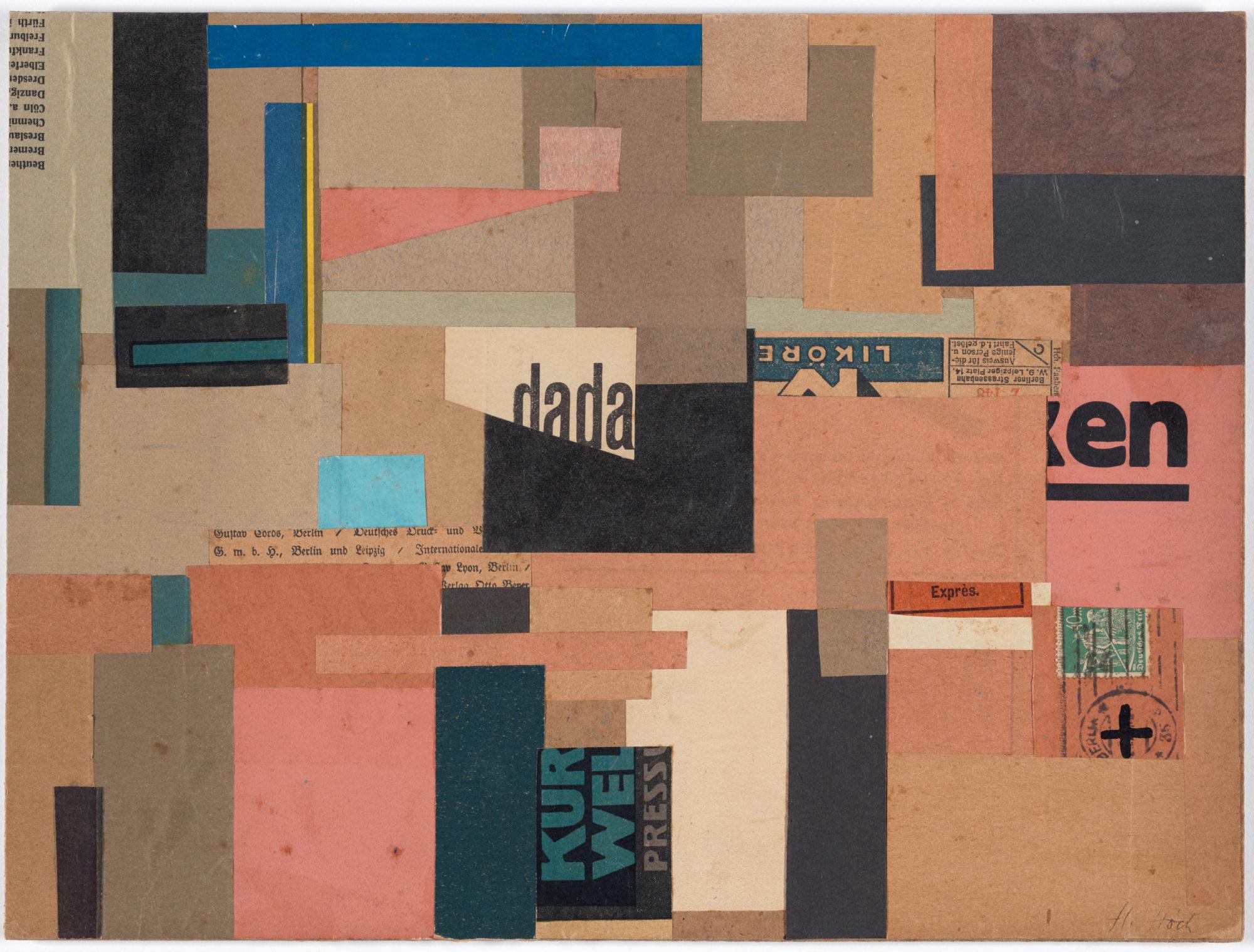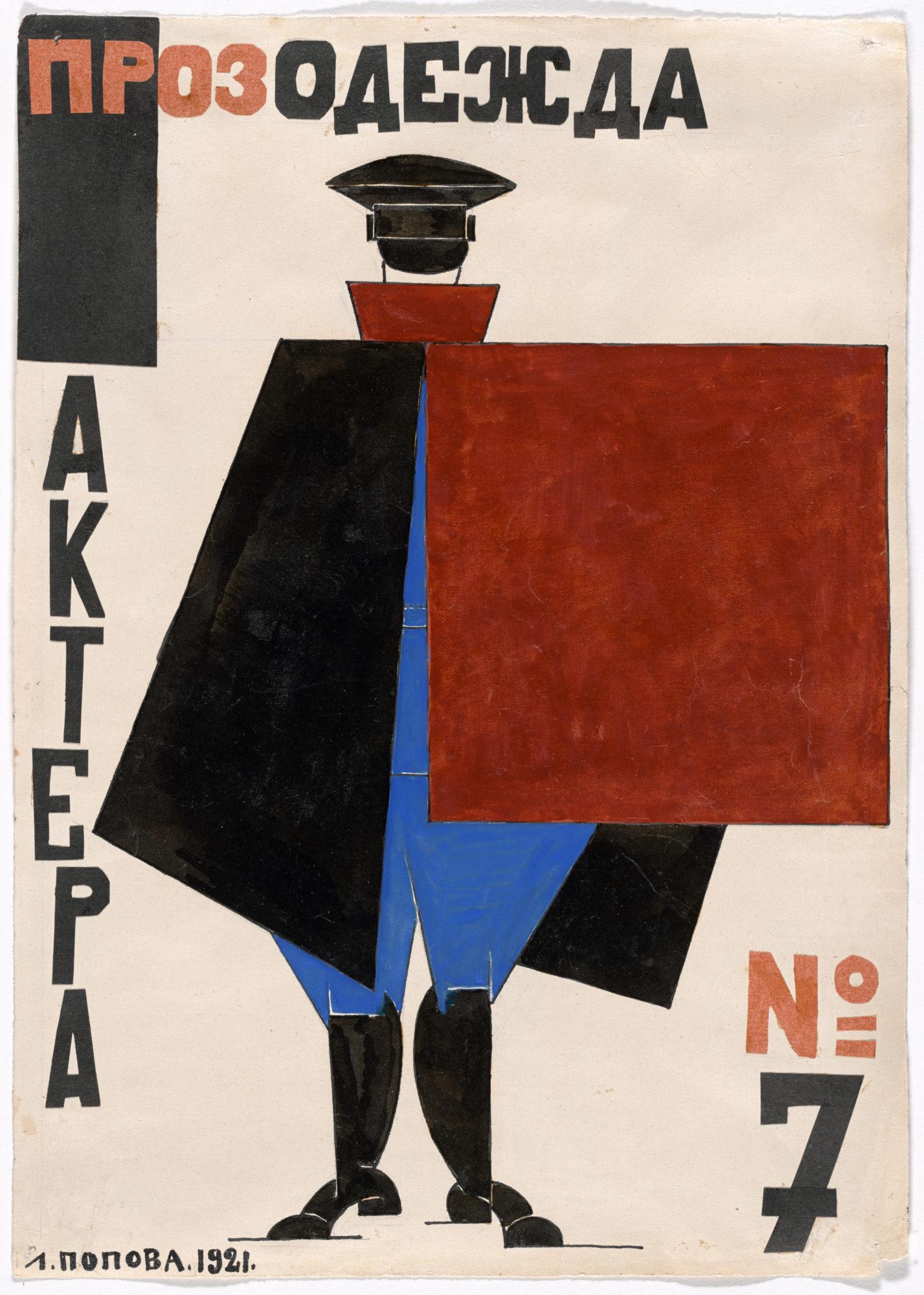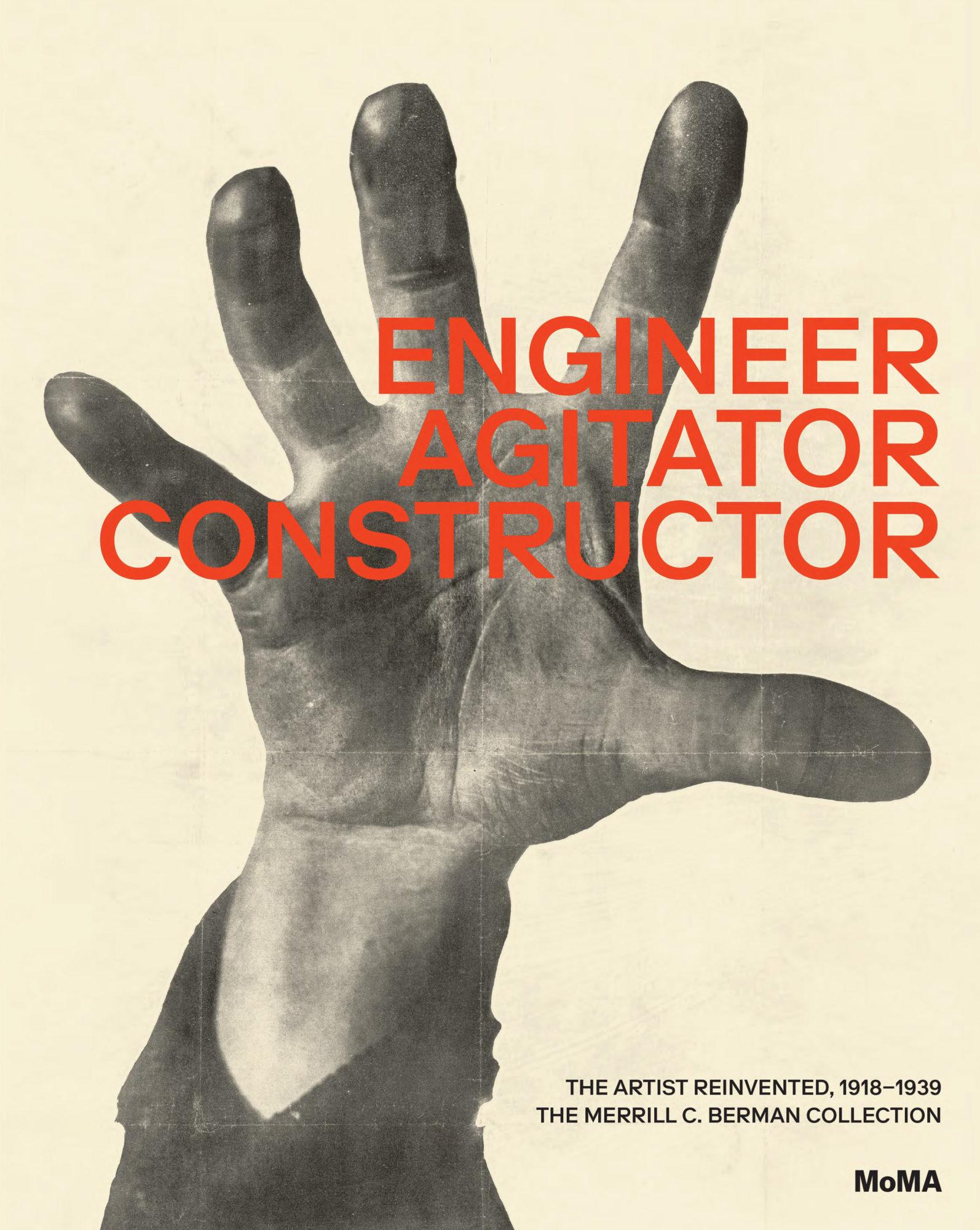The historic acquisition in 2018 from the legendary Merrill C. Berman Collection transformed MoMA’s holdings of early 20th-century avant-garde art from Soviet Russia; Weimar Germany; the newly constituted Poland, Hungary, and Czechoslovakia; the Netherlands; and Italy, securing the Museum’s position as the unmatched repository of art of this period. Containing both individual masterworks and rare contextual material, the Berman Collection at MoMA offers standout strength and unparalleled depth in its area. With its capacity to fill gaps and diversify modernism’s narratives, this acquisition is particularly urgent at this moment of the Museum’s expansion, offering exciting opportunities to share new and compelling stories, including those that are explicitly political, of the early 20th century.
Engineer, Agitator, Constructor will examine the far-reaching and profound impact of the era’s momentous events—World War I, the Russian Revolution, and the collapse of the Austro-Hungarian Empire, to name a few—and wholesale shifts in industry, technology, and labor. The exhibition will demonstrate that in this age of upheaval, artists reimagined themselves as “engineers,” “agitators,” “constructors,” “photomonteurs,” and “workers.” They turned away from painting and sculpture, inventing new, dynamic visual languages while working as propagandists, advertisers, publishers, editors, theater designers, curators, and more—all as they robustly engaged in novel ways with expanded audiences and established new infrastructures for the presentation and distribution of their work. Engineer, Agitator, Constructor will show how these artists actively addressed and sought to shape a mass audience; invented new strategies that persuasively reflected the modern moment with its shocks and ruptures; and wrestled with their own positions as protestors, mouthpieces of new regimes, or workers. The result of such redefinitions of artistic practice, the exhibition argues, was a reorientation of the work of art itself from painting to production—as one contemporary critic put it, a move “from easel to machine.”
The exhibition will also foreground the importance of collaboration and collectives and the strong continuities between the realms of fine art and graphic design in an age profoundly impacted by advances in photomechanical reproduction. Importantly, the exhibition will illuminate the essential roles of women artists in avant-garde activities, while mapping vital networks of image makers, curators, publishers, and designers across Europe, connecting key city centers: Berlin to Warsaw, Paris to Budapest. Objects shown will include propaganda, advertising, exhibition display, typography, books, journals, films, photography, and theater design, along with painting, drawing, sculpture, and printmaking.































